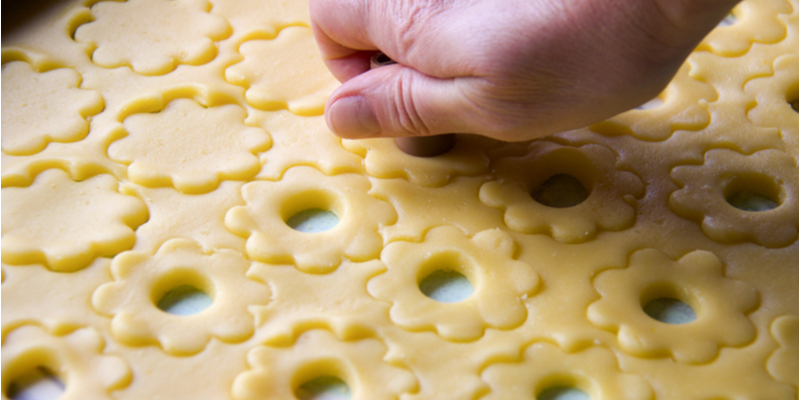
Who doesn't know biscuit?
Like & comment
Related articles

Unlocking the Power of Sorghum: Indigenous Cereal Innovation for Diverse and Sustainable Biscuits
Discover how indigenous sorghum is reshaping biscuit innovation by offering a nutritious, gluten-free alternative to wheat flour.
May 21, 2025
Our experts

An Economic Analysis of AI: Insights & Recommendations
An examination of a recent AI economic study from MIT and and its implications for the food and beverage industry.
Feb 13, 2025
Our experts

Strategies for Managing Enzyme Applications in Babies Biscuits
Addressing baby biscuit formulation: balancing nutrition, texture, safety, and digestibility for optimal development
Sep 09, 2024
Our experts
Featured products

Ammeraal Beltech
Dectyl Food Grade synthetic belts: making food production safer!
Available in two versions - a matt finish for non-stick release properties and a glossy variant tailored for high-grip positioning - Dectyl...

Synergy Flavours
Versatile vanilla
Versatile vanilla, the world’s favourite flavour….
Consumers today are increasingly demanding improved transparency of label...

Errebi Technology
Rotary Cutters
The Errebi rollers with interchangeable rings for rotary moulding machines were developed through fine precision work.
They guarantee per...

BENEO
TWP (Textured Wheat Protein)
After hydration textured wheat protein offers a meat-like texture and is therefore used for partial or complete meat replacement. One part o...

J4 Tunnel Ovens
Customized tunnel oven
J4 Tunnel Ovens build ovens for masters of their craft. Customizing is main reason, why hundreds of customers around the world are choosing...

Baker Pacific Ltd
Biscuit Baking Technology: Processing and Engineering Manual, Third Edition
Shares over 50 years of experience in the biscuit baking industry world-wide, and is the most updated reference book for senior managers and...
Featured questions
Featured companies

Ammeraal Beltech
Whether it's biscuits, cookies, snacks or other baked items, we have SAFE & CLEAN Bakery Belts for a...
Netherlands

Synergy Flavours
Synergy Flavours is a leading global innovator in flavourings, extracts and essences.
Italy

Kerry Taste & Nutrition
Since 1972, we’ve helped shape and grow the global food industry with innovations to help consumers...
Ireland

Errebi Technology
Looking for quality moulding equipment? Errebi Technology is a world-famous Italian company making r...
Italy

BENEO
BENEO is a division of the Südzucker Group with almost 900 people and has production units in Belgiu...
Germany




